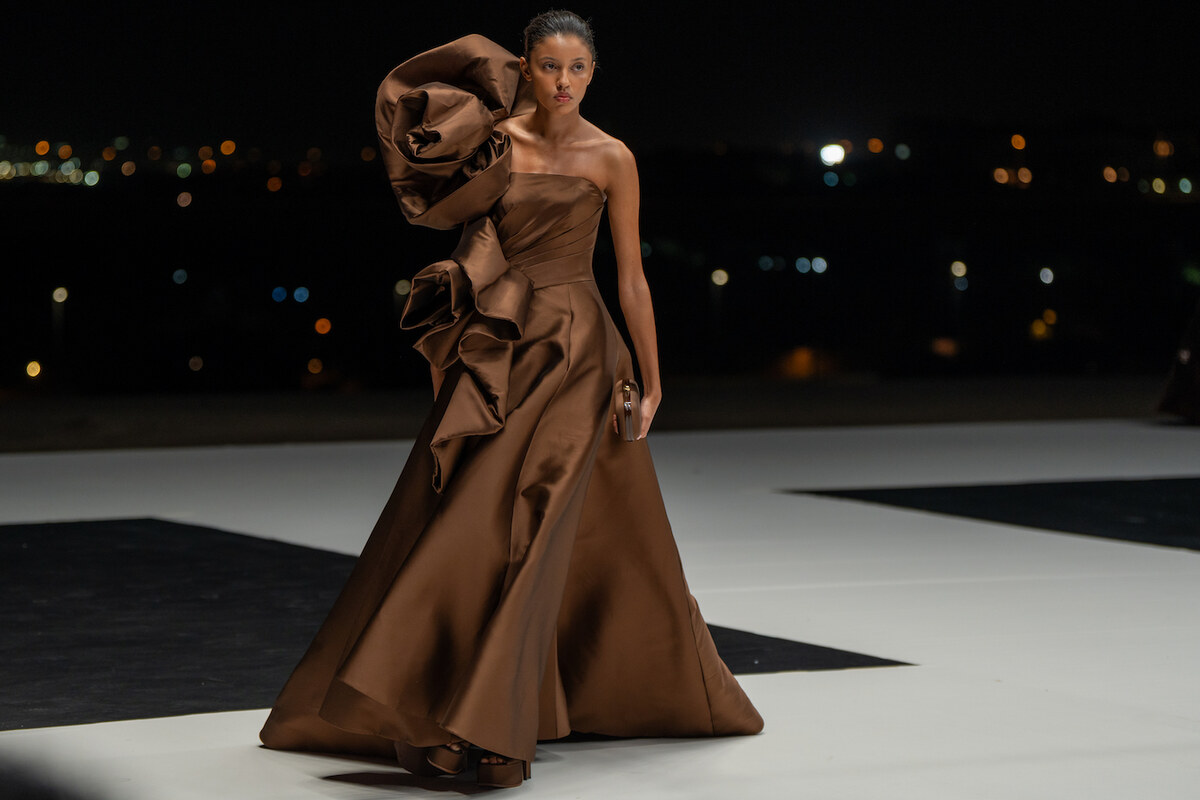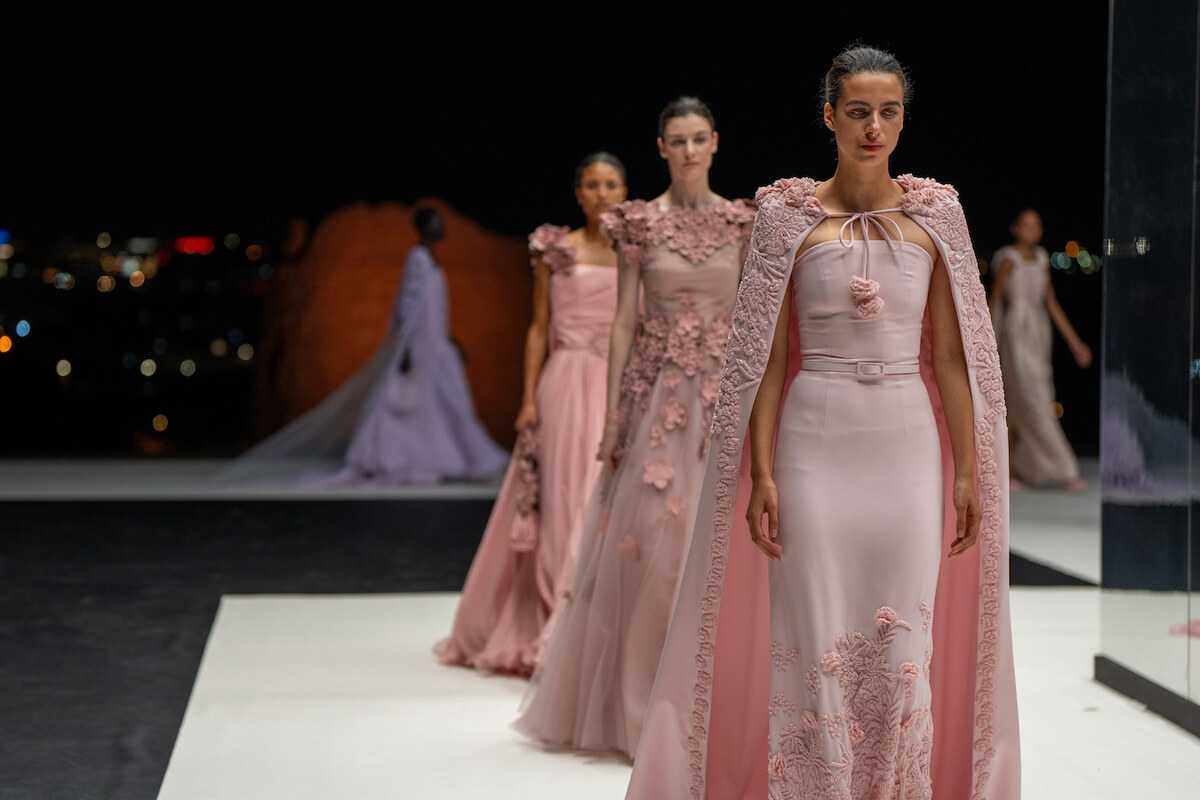Arab News writers select some of their favorite books to add to your summer reading list.
‘Cannery Row’

John Steinbeck
Critics haven’t always been kind to Steinbeck’s short 1945 novel. “Sentimental” and “trivial” are two accusations sometimes thrown at it. The first it may be. The second it definitely isn’t; the seeming simplicity of the language and the book’s nostalgia and humor shouldn’t obscure its depths. The book, Steinbeck said, was written in response to a request from soldiers to “write something funny that isn’t about the war.” The setting he chose was the titular street in Monterey, California during the Great Depression, home to a host of sardine canneries (hence the name), a group of homeless men led by Mack, a few storekeepers, a bordello, and Doc, a marine biologist whose kind-heartedness has made him beloved by the locals. To show their appreciation, Mack and his boys decide to throw Doc a party. It gets wildly out of control, and much of Doc’s home — and his lab — is ruined. So Mac and the boys throw him another party to cheer him up. The book is written with such brilliant economy. The characters are so vividly realized, so specific and singular, yet instantly recognizable — and Steinbeck’s love and respect for them shines through on every page. You’ll come to love them too.
Adam Grundey
‘The Secret Diary of Hendrik Groen, 83 1/4 Years Old’

Peter de Smet
This might sound mundane — even more so when you learn that it’s the diary of a man living in a care home in the Netherlands — and it is. But beautifully so.
Dutch writer Peter de Smet created this light, funny and deeply emotive book (published as Hendrik Groen) about a perfectly ordinary man living in a retirement home. We join Groen on Jan. 1, 2013, as he professes: “Another year, and I still don’t like old people.” He is bored, so decides to write a secret expose, revealing the antics of day-to-day life in his retirement home where he and his friends refuse to take their lives — or those of the other “inmates” — too seriously. Instead they create the “Old-But-Not-Dead Club” and stir up trouble.
This is an easy, and thoroughly lovely, read. By the end you will crave more time with Hendrik and his friends. Luckily, there is a second diary.
Peter Harrison
‘The Let Them Theory’

Mel Robbins
This has become a personal guide to peace of mind for me. It taught me to stop worrying about how others act or react, and to detach from the kinds of frustrating behaviors that used to ruin my day.
One of the reasons I love this book is because it helped me become more patient, especially with the people closest to me. It introduced me to the idea of surrender, to observing instead of controlling, and to simply let things unfold. Not every action deserves a reaction. Sometimes, no reaction is the best reaction. Robbins challenges you to embrace a new — healthier — mindset, one that saves your energy for what really matters and encourages you to lower your expectations. Or, better yet, let go of expectations altogether.
If you’re someone who gets triggered easily or feels the need to control how others behave, the philosophy in this book offers a refreshing shift: Detach from attachment; let others be who they are; and release the urge to change or correct them. Just let them!
Nada Hameed
‘The Way of Kings’

Brandon Sanderson
Come for the epic worldbuilding, stay for the crushing character studies. Brandon Sanderson’s first book in his planned 10-book “Stormlight Archive” (five are now out), is epic fantasy at its finest. While Sanderson more than proved his worldbuilding skills in his beloved “Mistborn” series, he kicks it up a notch here with the fascinating world of Roshar, introducing us to ancient oaths, magical highstorms and dueling kingdoms. But beyond its breathtaking scope lies the true magic of the series: its characters. Sanderson goes far beyond the trope-y caricatures that litter fantasy fiction and digs deep to create well-rounded, relatable characters, whether that’s Kaladin’s struggle with depression, Shallan’s deeply fractured identity, or Dalinar’s journey from bloodthirsty warlord to peacemaker. And then there’s the magic system. While I won’t spoil the details, Sanderson’s approach to Surgebinding is like nothing else in the genre. So, if you’re looking to go on an epic and inspiring journey with characters who fight hard to persevere against all odds, try “The Way of Kings.”
Shyama Krishna Kumar
‘Five Quarters of the Orange’

Joanne Harris
A beautifully written, multi-layered novel by Joanne Harris (of “Chocolat” fame) “Five Quarters of the Orange” blends the concepts of memory, mystery and the complexities of family relationships.
Set during and after the Nazi occupation of France, it follows Framboise, a reclusive woman who returns to her childhood village where her family was once disgraced. As she restores her late mother’s farmhouse and opens a small restaurant, Framboise begins to piece together the secrets of the past, guided in part by her mother’s cryptic recipe book. The story delicately explores the bonds and tensions that often exist between mothers and daughters, the legacy of guilt and the fragility of memory to weave an evocative, atmospheric and quietly powerful tale. Harris writes with sensuality and depth, especially in the way she uses food as both a narrative device and emotional touchstone.
If you enjoy literary fiction with heart, flavor and just a hint of darkness, then this is for you.
Rebecca Parsley
‘Butter’

Asako Yuzuki
It is difficult to fit “Butter” neatly into a genre — and that’s what makes this Japanese bestseller by Asako Yuzuki so quietly compelling. Inspired by an actual serial-killer case in Japan, the novel follows a Tokyo-based journalist who starts interviewing a woman accused of killing men by seducing them with her cooking. So far, so murder-mystery, right? Wrong. “Butter” offers the reader the opportunity to sink their teeth into extraordinarily delicious food writing, with Yuzuki describing tastes and textures that will leave you craving dishes you’ve never tried. Adding weight to the story is an insightful, sometimes uncomfortable, exploration of sexism, self-image and relationships in Japanese culture — the real reason this book will stay on your mind long after the last chapter. It’s a refreshing read for women from any cultural background, and I’m willing to bet my last bite readers will connect with its themes of fatphobia, seeking pleasure in food, and the many, many contradictions of what is expected of women the world over.
Saffiya Ansari
‘Demian’

Herman Hesse
“I realize today that nothing in the world is more distasteful to a man than to take the path that leads to himself,” Hesse writes in “Demian.” In our world of endless self-help books, where a self-proclaimed expert is always available to lecture us on the best path forward, this brilliantly written 106-year-old novel of self-discovery remains a subtle yet powerful reminder that the greatest guide one has is oneself. It follows outcast teenage protagonist, Emil Sinclair (the name the book was first published under), as he attempts to understand his place in the world, often seeking guidance from his friend Max Demian — a charismatic and self-assured figure quite unlike Emil. Throughout the book, Emil is confronted with the duality of his own personality — torn between his lighter wholesome side and a darker, rebellious, transgressive one. Exploring mysticism, psychology and philosophy, Hesse takes his readers on a thought-provoking ride as Emil is forced to face the difficult conversations necessary to reach self-discovery. “Demian” was written at a time of great social and technological advancement and, despite being more than a century old, it remains as relevant today as ever.
Khaled Al Khawaldeh
‘The Leftovers’

Tom Perrotta
Imagine 18 percent of the global population suddenly vanishes into thin air. Where did they go? And, more importantly, why did they go? This is exactly what Earth’s leftovers (get it?) continue to ponder years later. Perotta takes readers into the lives of residents of Mapleton, a slice of suburban Americana where everyone has been affected by the “sudden departure,” but none more than Nora, who has lost her husband and both children. Inversely, Kevin — the mayor — and his family survived intact. Sort of. His wife Laurie has joined the Guilty Remnant, a cult borne out of the rapture-like event who repent the sin of surviving by chain-smoking cigarettes and not speaking; his son Tom has dropped out of university because he doesn’t see the point anymore and joined self-proclaimed prophet and healer Wayne’s caravan; while his daughter Jill has stuck around.
Perotta gives an intimate view of his main characters through their own eyes within each chapter. And you find yourself wondering what you would do in their position. Join a cult? Carry on as normal? Go travel the world? “The Leftovers” leaves you wanting more, but in the best way possible.
Tarek Ali Ahmed
‘Saturday Night and Sunday Morning’

Alan Sillitoe
Before The Beatles, there was Arthur Seaton, the true working-class hero of Alan Sillitoe’s groundbreaking 1958 novel “Saturday Night and Sunday Morning.” Seaton was the spokesman for the British proletariat long before John, Paul, George and Ringo — even if the extent of his philosophy was merely to “have a good time” (the rest being “propaganda”).
The book, set in Sillitoe’s home city of Nottingham, provided the working class with both a voice and a hero in a world seemingly devoid of the spoils of victory after World War II — albeit a hero who drank himself to incoherence and womanized himself to a severe beating. Alongside “Room at the Top” and “This Sporting Life” — other “angry young men” novels of the era — “Saturday Night and Sunday Morning” showed that youngsters were getting their kicks long before the UK began to ‘swing’ — or could afford to — in the Sixties. Pacy and compelling, this is as much a social-history lesson as the rite of passage it proved on publication.
Nick Wood







































